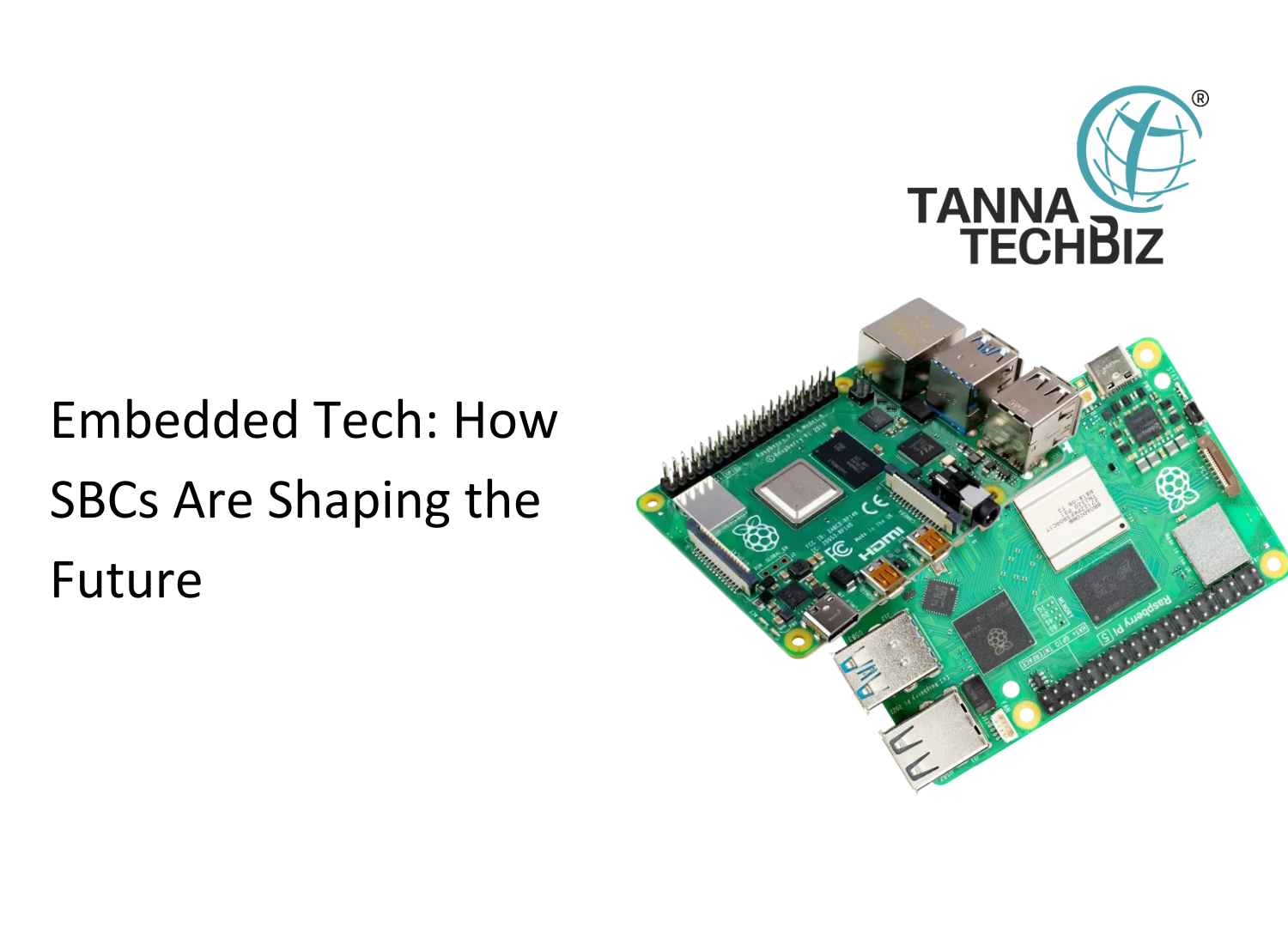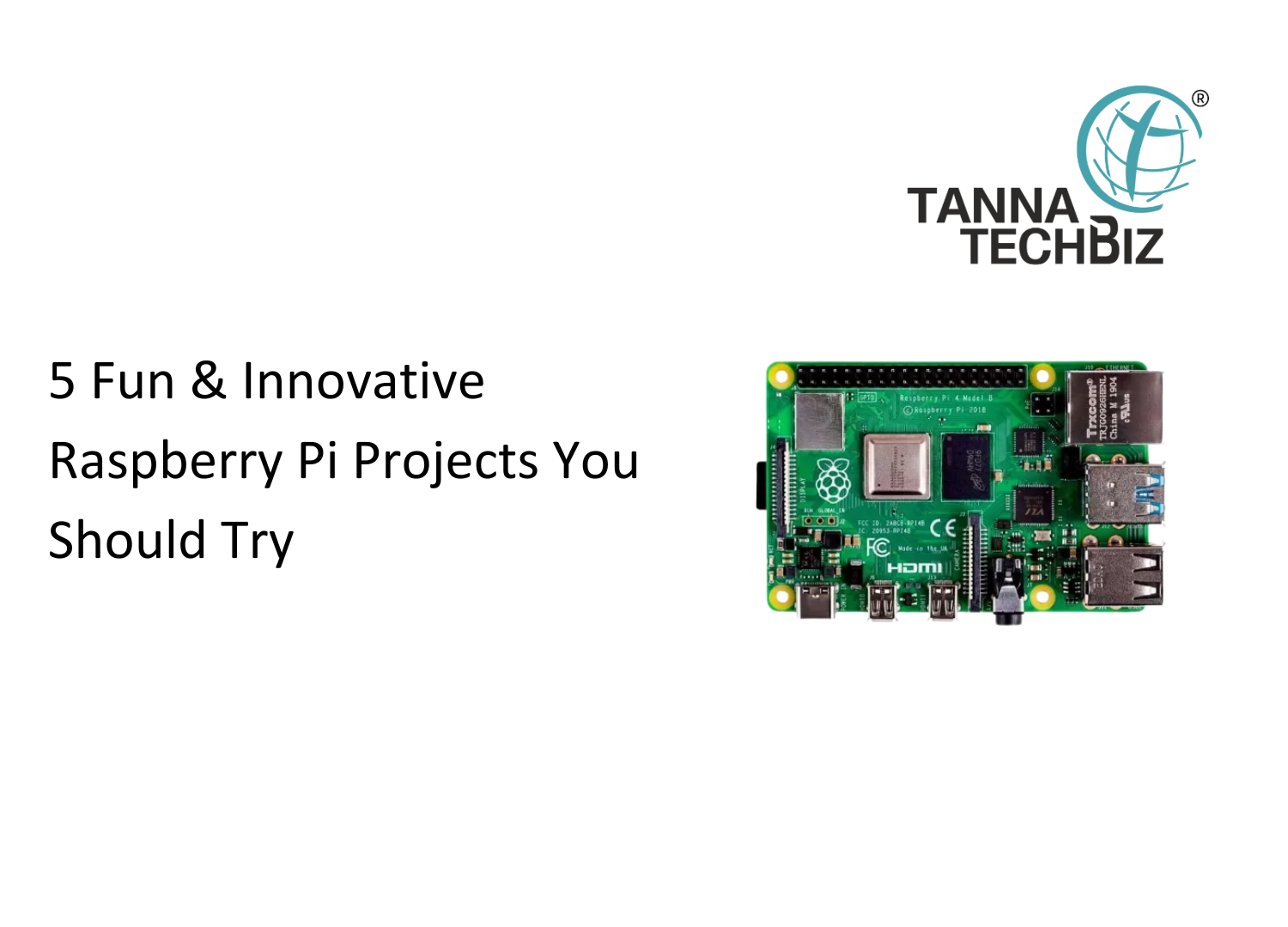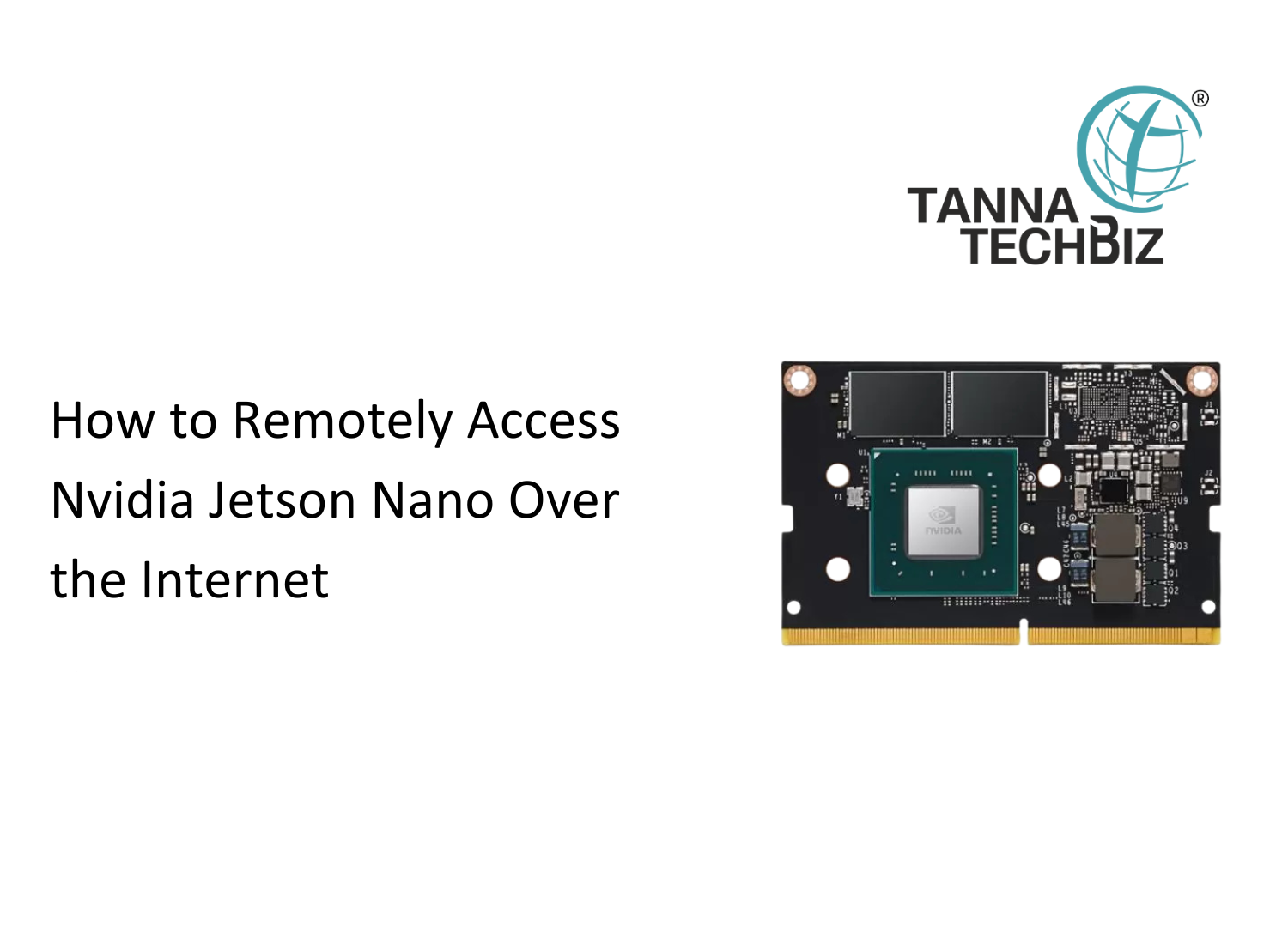Embedded Tech: How SBCs Are Shaping the Future
September 05, 2025 88

Single Board Computer, or SBCs, are quietly transforming the way we think of technology in the contemporary world. Previously the domain of the hobbyist, the compact but potent devices now power innovation in every sector. From intelligently powering smart buildings through to controlling factory automation, SBCs form the backbone of the modern embedded system. The case is simple: through affordability, flexibility, and performance, SBCs are redefining the future of embedded technology that others could not.
What is a Single Board Computer Exactly?
A Single Board Computer is a fully constructed computer using a single circuit board. Unlike big towers, the processor, memory, and everything in between are tightly compacted. These boards usually include:
- High-speed processor
- RAM and Storage Options
- USB and HDMI or micro HDMI ports
- Wi-Fi, Bluetooth, and Ethernet support
- MicroSD card slots
- GPIO pins for connecting sensors and other electronics
The design makes the SBCs compact, portable, and perfect for use in applications that require computing along with mobility.
Real-World Applications of Single Board Computer
SBCs are more than hobby boards. They're becoming more common in everyday use and in the field.
- Industrial Automation: They handle robotic operations, assembly lines, and web-based monitoring systems.
- Servers: Because they consume little and are compact in size, they are appropriate for edge computing as well as small data centres.
- Education: They are used in school teaching of coding, electronics, and robotics at an affordable cost.
- Healthcare: They offer medical diagnostics, patient monitoring, and even telemedicine.
- IoT and Networking: Such smart devices, routers, and firewalls generally require SBCs in order to process and share information.
- Prototyping: New product ideas are tested fast with SBCs before scaling up into large systems.
The list keeps growing with the discovery of new applications by software authors.
Why a Single Board Computer?
The advantages of SBCs go far beyond size.
- Performance: Boards are sufficiently powered in order to run intensive tasks.
- Connectivity: Bluetooth, Wi Fi and Ethernet connectivity options provide smooth integration.
- Energy Efficiency: They consume less power compared to traditional computers.
- Durability: Some of the belts can withstand rough industrial environments.
- Affordability: They offer value while keeping essential features intact.
Challenges Still Ahead
Certainly, there are some issues. Security is a problem because so many SBC-based systems are out in public. Daily software updates and efficient access controls are required. Power management is also a problem with battery-powered applications. Also, reliability is important in high-risk applications like healthcare and manufacturing. Boards with long-term support reduce such risks.
Conclusion
SBCs have moved far beyond niche use. They are the centre of new-product development in the world's largest markets, from medical applications to automation. The combination of affordability, flexibility, and computing power renders the Single Board Computer the future-proof product of choice.
The benefits outweigh the drawbacks decisively, although there are challenges. The future holds continued input from SBCs as the world becomes increasingly networked, from smart-home applications to driverless cars.



